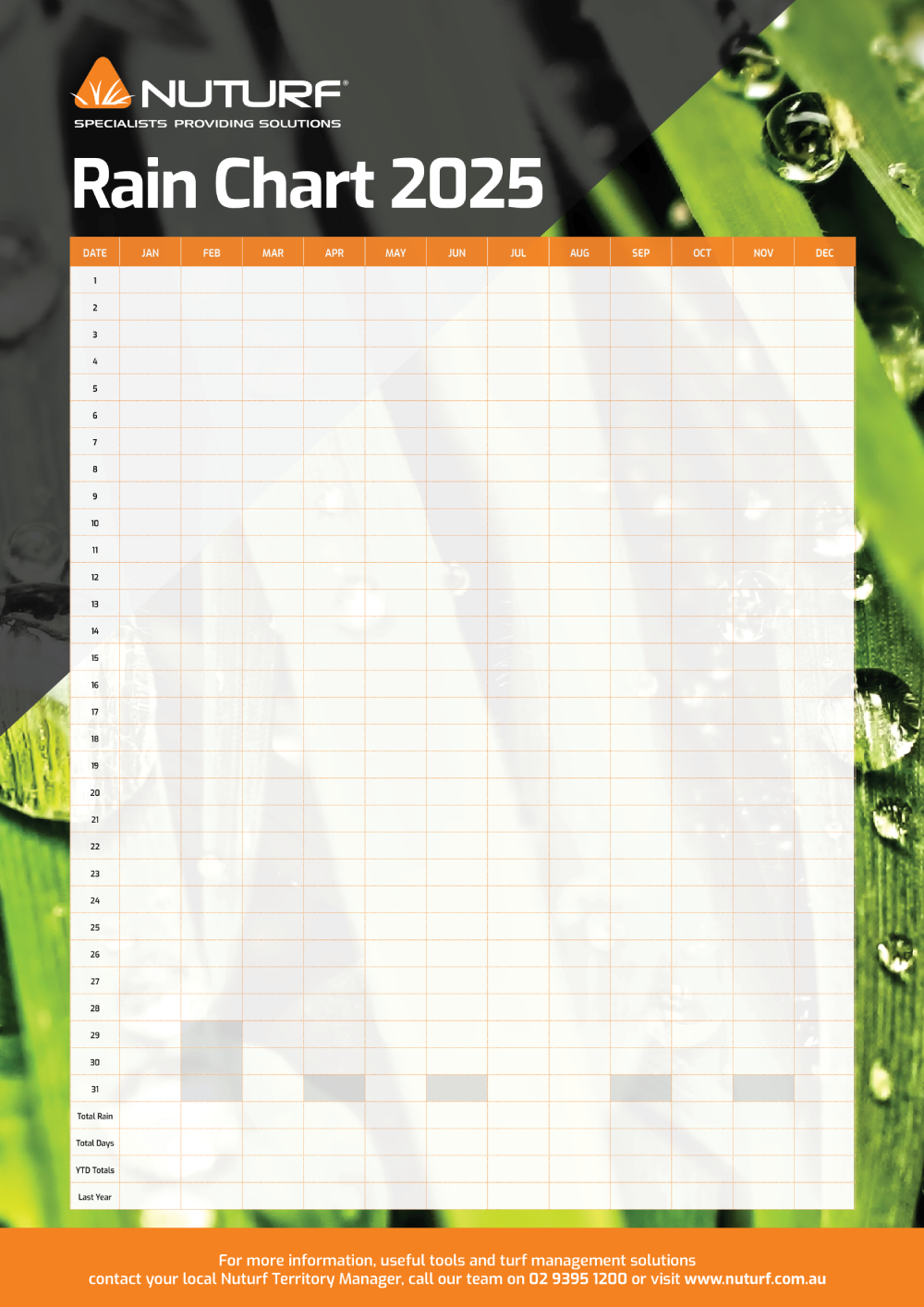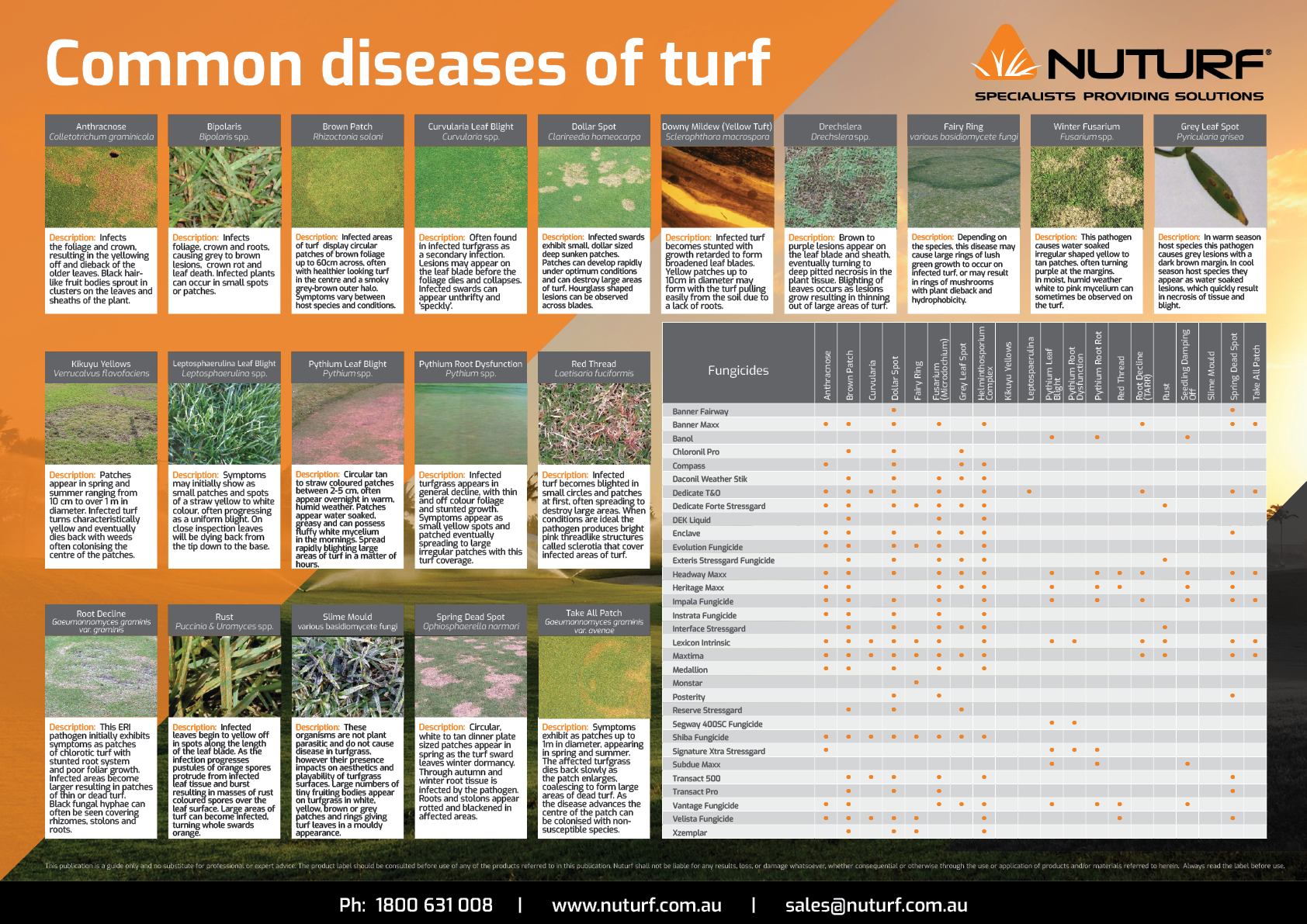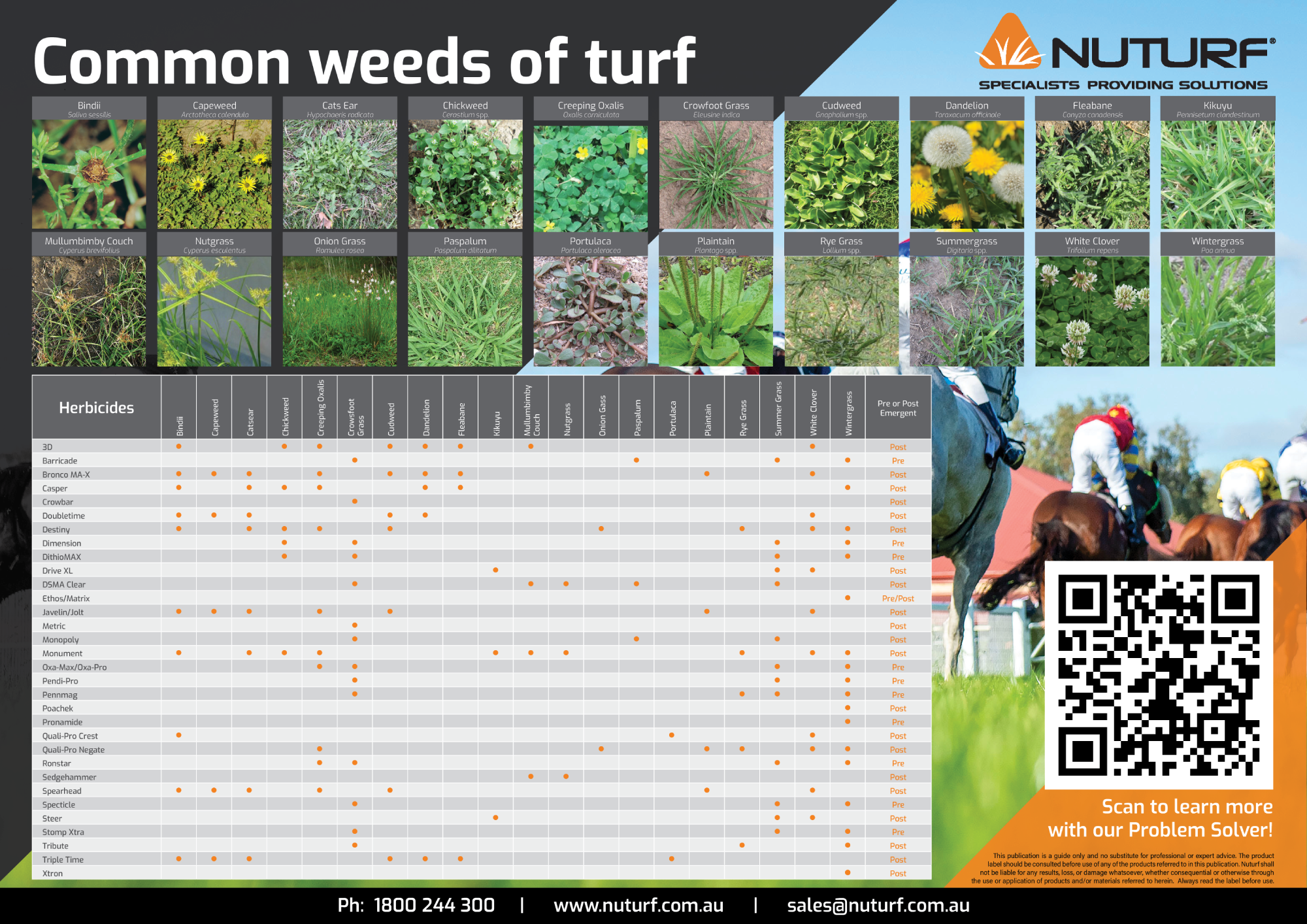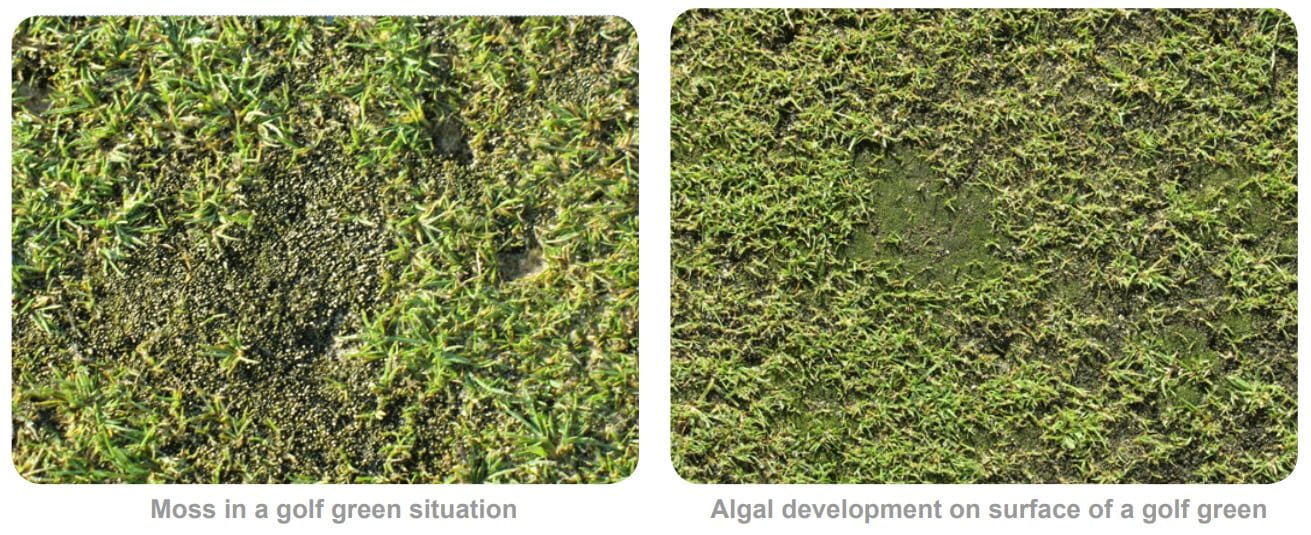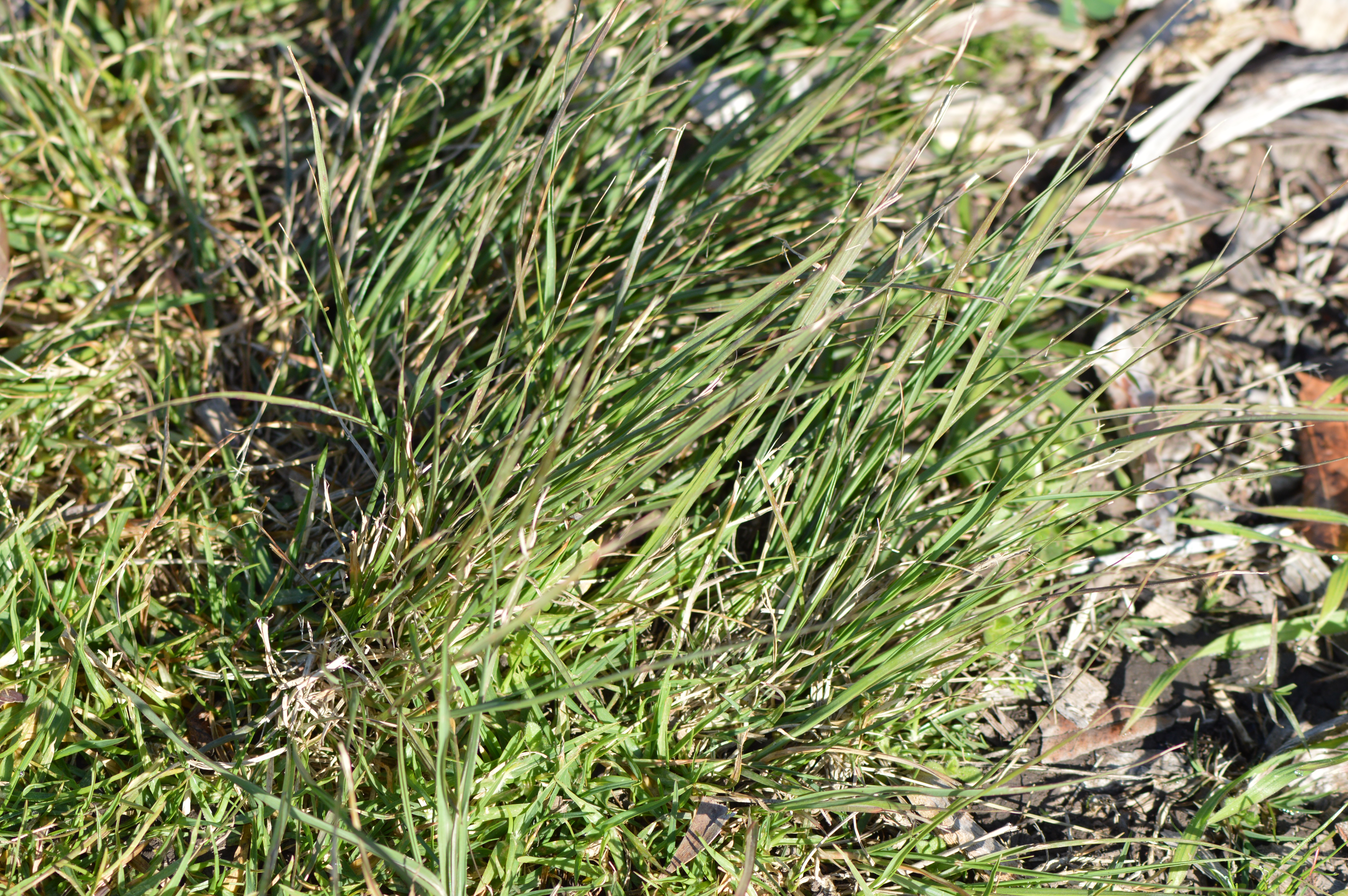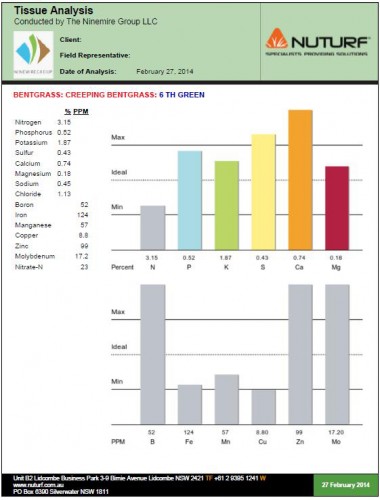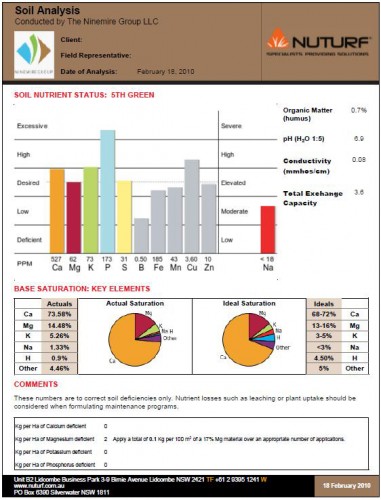Tissue Analysis
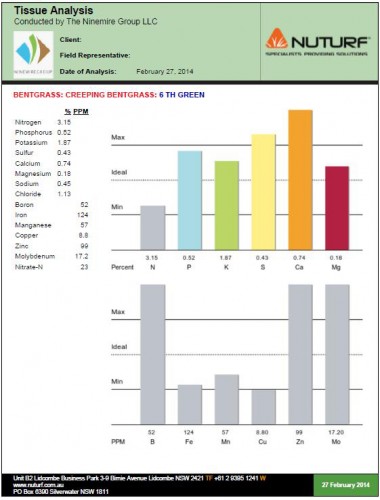 |
Tissue AnalysisNuturf’s Tissue Analysis service is a powerful diagnostic tool designed to give turf managers a clear and accurate picture of the nutritional status of their turfgrass. By analysing the actual nutrient concentrations within the plant tissue, this service allows turf professionals to evaluate the effectiveness of their current fertiliser program and make informed decisions to optimise turf health and performance. Unlike soil testing, which reflects what nutrients are available in the root zone, turf tissue analysis reveals what nutrients the plant is actually absorbing. This distinction is critical in fine-tuning fertiliser inputs and correcting nutrient imbalances that could be limiting turf quality. The test evaluates all major and minor nutrients, with benchmarks tailored to specific turfgrass species, recognising that different species have unique nutrient requirements and toxicity thresholds. This species-specific approach ensures more accurate and actionable recommendations. In the Tissue Analysis Report, major nutrients are expressed as a percentage (%), while minor or trace elements are reported in parts per million (ppm). Understanding the relationship between these measurements is essential: 10,000 ppm is equivalent to 1%, meaning both figures represent nutrient concentration rather than balance. This insight enables turf managers to assess nutrient uptake accurately and implement more targeted nutrition strategies. Whether managing golf courses, sportsfields, or high-performance turf surfaces, Nuturf’s Tissue Analysis provides the critical data needed to support peak turf performance through precision agronomy.
|


